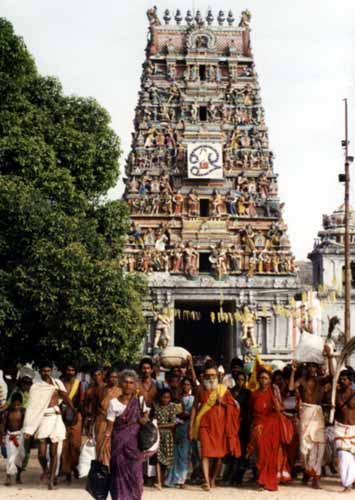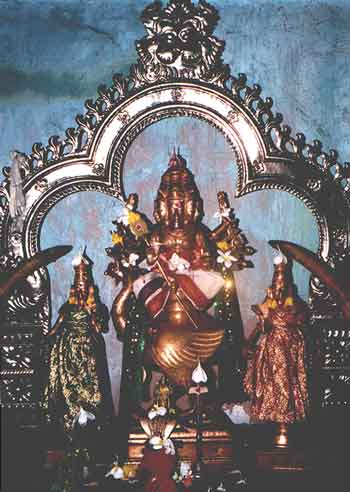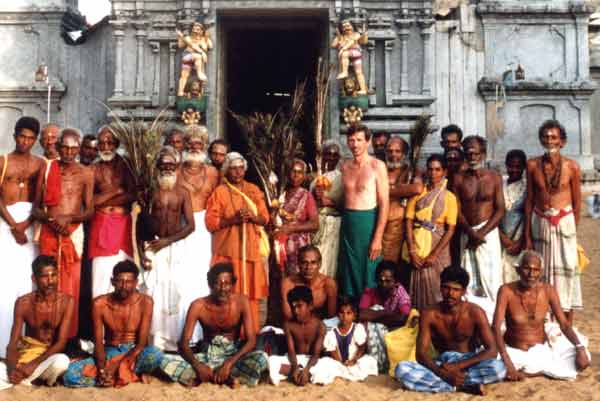|
| |||||||
Sitthandi Murugan Temple
Cittānti Murukan Temple is one of the newly added Tiruppatai Kōvil in the Eastern region which, like any other temple in the Eastern Province, was initially patronised by the Veddas. However according to another myth, the temple is said to be founded by an ānti (itinerant ascetic) and the temple Cittānti takes its name after one memorable ānti who was recognized to be a cittar (Skt: siddha), hence the place came to be called cittar-ānti. Temple Structure Worship Pattern Mayil Kattu Tiruvilā is a special event, where there is cultural approval by parents and relatives for love marriages. In the evening of the water-cutting ceremony, some of the devotees holding ālavatam visit the house of the Vannakar and return with Srîvarisai, an intimation of Valli's marriage to Murukan. Kumaratan Catanku is celebrated for six days following the main festival, when there is heavy festivity and fortune-telling or kattu collal. Another important event, is the Putir Kāvi Kotutal, when every farmer carries in procession a portion of the harvest as offering to the deity. Administration
Information on this page is taken from
|
| Living Heritage Trust ©2021 All Rights Reserved |


